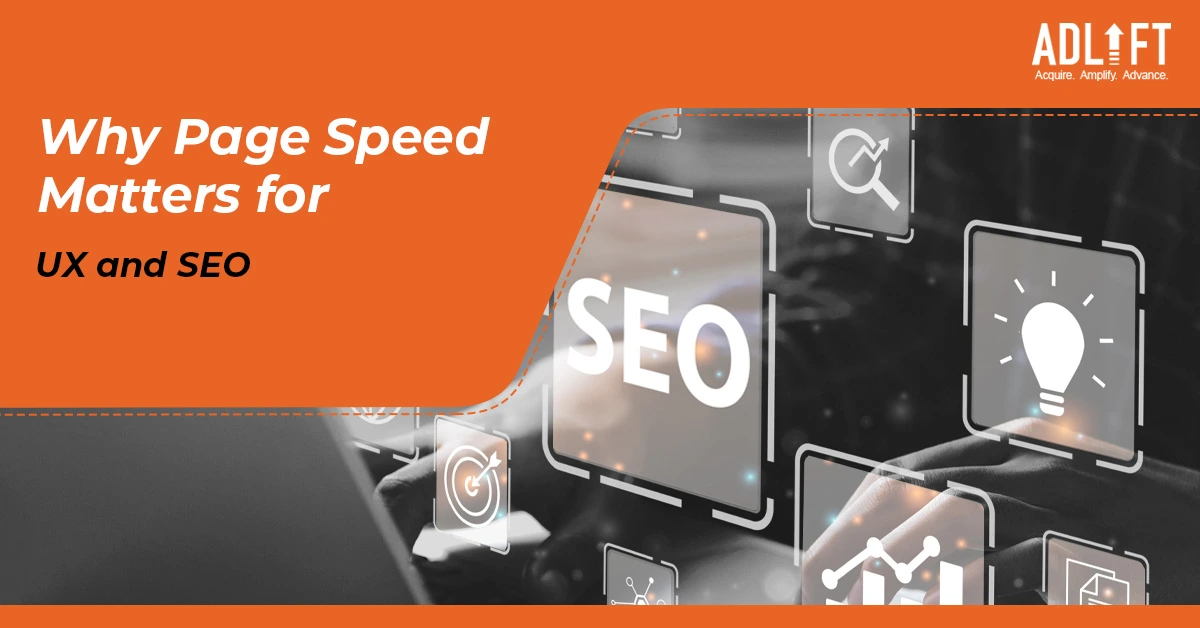Understanding Why Page Speed Matters for User Experience and SEO

Page speed is a vital component of user experience and search engine optimization. Essentially, it denotes how quickly a web page loads in a browser. The faster a page loads, the more improved the user experience, and the more likely it is to achieve higher search engine rankings. We will explore page speed further in this article and offer guidance on how to enhance it.
What is Page Speed?
Page speed is the rate at which a web page’s content loads, influenced by various factors such as page size, number of images and videos, server response time, and amount of code on the page. Google’s Page Speed Insights tool is an excellent resource for analyzing page speed and recognizing areas for improvement.
Why is Page Speed Significant for User Experience?
Page speed is also essential for SEO because it is one of the ranking factors used by Google’s algorithm. Google has stated that page speed is a ranking factor on both desktop and mobile devices. A slow-loading page can negatively impact search engine rankings, leading to a lower position in the search engine results pages (SERPs). This, in turn, can result in lower traffic to the site, which can impact revenue and business growth. Improving page speed can, therefore, lead to higher search engine rankings and more traffic.
Why is Page Speed Significant for SEO?
Page speed is essential for SEO since it is one of Google’s algorithm’s ranking factors. Google has stated that page speed is a ranking factor for both desktop and mobile devices. Slow-loading pages can negatively impact search engine rankings, leading to lower rankings in search engine results pages (SERPs). In turn, this may result in reduced traffic to the site, affecting revenue and business growth. Improving page speed can increase search engine rankings, driving more traffic to the site.
How to Improve Page Speed?
Improving page speed can be challenging, but it is worthwhile. Here are some tips for enhancing page speed:
Optimize Images and Videos
Large image and video files can slow down a webpage. Optimize images and videos by compressing them without compromising quality. This will reduce the file size and speed up the page load time.
Minimize HTTP Requests
Each element on a webpage requires an HTTP request, which can slow down the page load time. Minimize HTTP requests by reducing the number of elements on the page, such as images, scripts, and stylesheets.
Utilize a Content Delivery Network (CDN)
A CDN can enhance page speed by caching content on servers located closer to the user. This reduces the distance data needs to travel, speeding up the page load time.
Reduce Server Response Time
The server response time is the time it takes for the server to respond to a user’s request. A slow server response time can impact page speed. Reduce server response time by upgrading hosting plans or using a content management system (CMS) optimized for speed.
Enable Browser Caching
Browser caching stores frequently accessed files, such as images and stylesheets, on the user’s computer. This reduces the number of HTTP requests needed and speeds up the page load time.
Minimize Code
Large amounts of code can slow down a webpage. Minimize code by removing unnecessary elements and consolidating files, such as scripts and stylesheets.
Page speed is a critical factor for both user experience and SEO. A slow-loading webpage can lead to high bounce rates, low engagement, and lower search engine rankings. On the other hand, a fast-loading webpage can result in higher traffic, engagement, and revenue. By following the tips provided in this article, website owners can improve their page speed, which can ultimately lead to better user experience, higher search engine rankings, and business growth. Therefore, it is essential to prioritize page speed and regularly monitor it using tools such as Google’s PageSpeed Insights to ensure optimal performance.

